Data Sheet: 2008 Africa Population
(2008) Even as African women use family planning more and bear fewer children, the continent's youthful population will fuel the continent's growth for many decades to come.
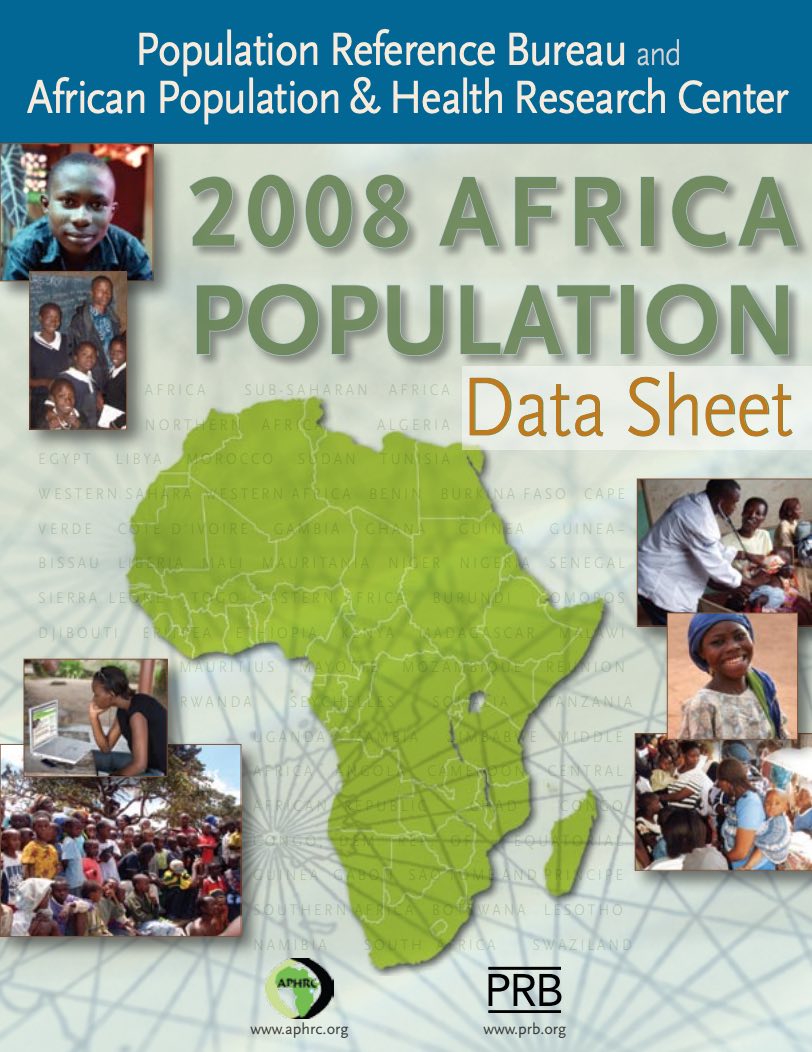
(2008) Even as African women use family planning more and bear fewer children, the continent's youthful population will fuel the continent's growth for many decades to come.
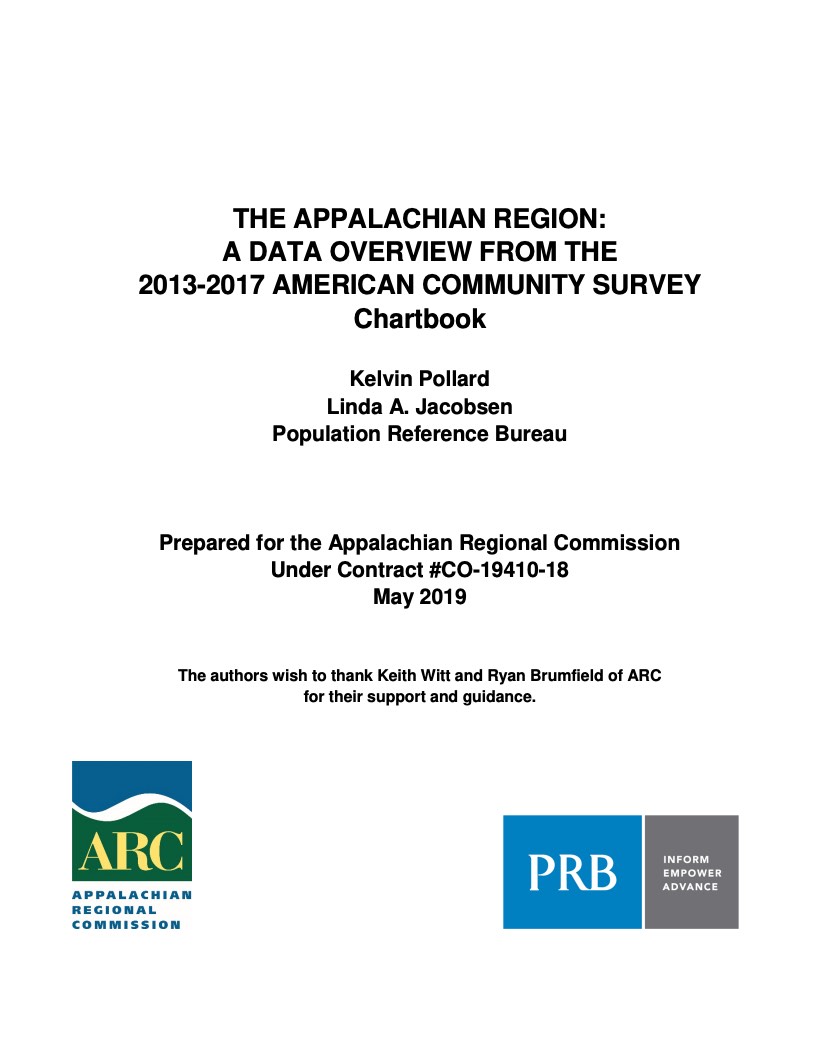
Project: American Community Survey and Decennial Census Support Services
Data suggest that Appalachia faces a digital divide—not just between the Region’s households and the rest of the nation but also between the Region’s rural and more urban areas, say the authors of a Population Reference Bureau (PRB) report for the Appalachian Regional Commission.

The U.S. population has entered middle age. How is the country aging, and what could that mean for the future?
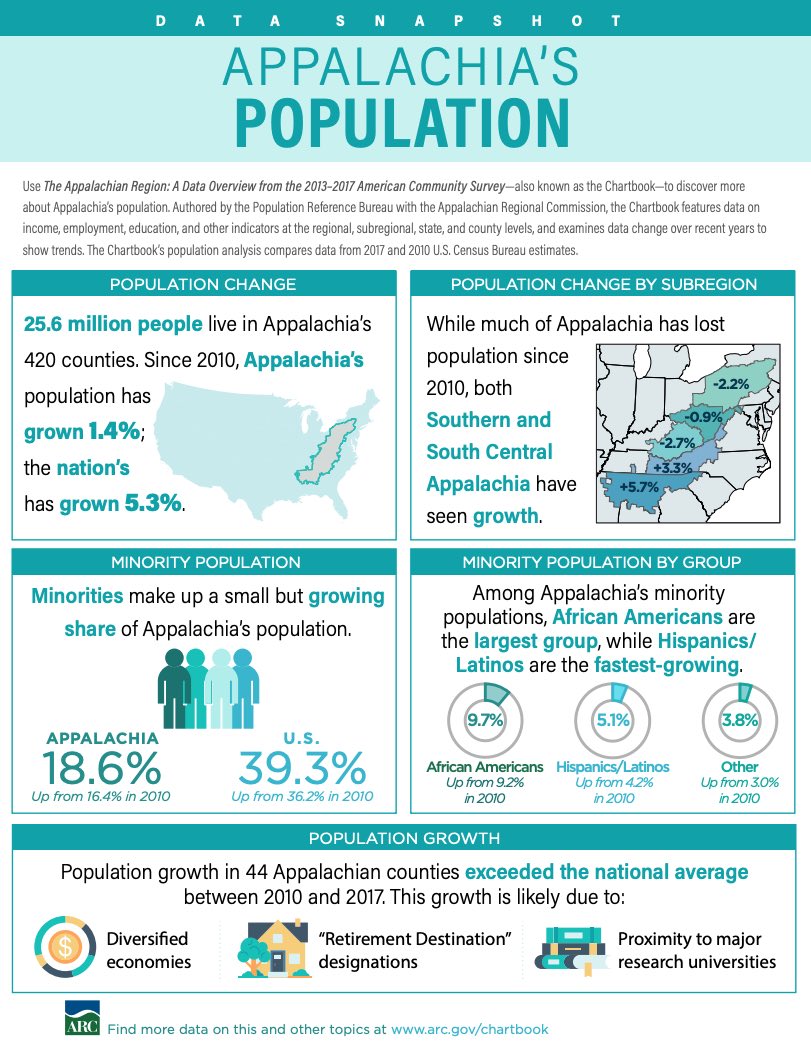
Project: American Community Survey and Decennial Census Support Services
25.6 million people live in Appalachia's 420 counties. Since 2010, Appalachia's population has grown 1.4%; the nation's has grown 5.3%.
(2010) Population growth has slowed in U.S. retirement destinations, despite the large cohort of baby boomers who have begun to reach retirement age, according to new population estimates from the U.S. Census Bureau.1
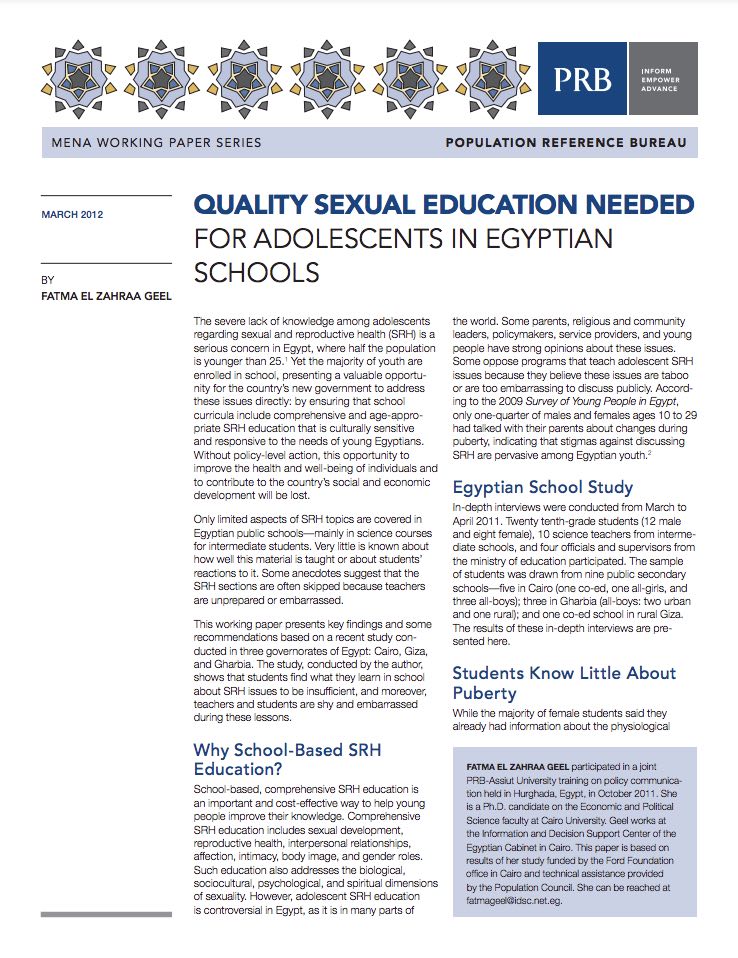
The severe lack of knowledge among adolescents regarding sexual and reproductive health (SRH) is a serious concern in Egypt, where half the population is younger than 25.
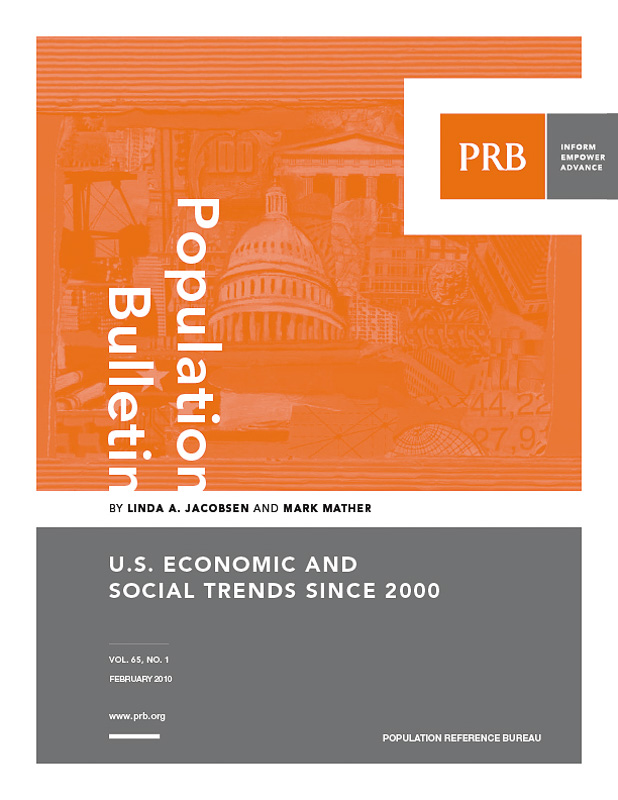
(2010) This has been a tumultuous decade for the United States. During the first 10 years of the 21st Century, there was a major terrorist attack, a housing meltdown, a severe economic recession, and a significant downturn in the U.S. stock market.
(2009) Although child poverty conjures up an urban image for most Americans, one-fifth of children in poverty live in rural areas. Poverty rates are higher for rural than for urban children, and the gap has increased in recent years.